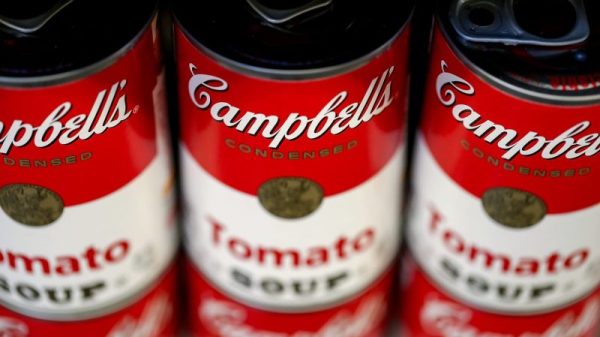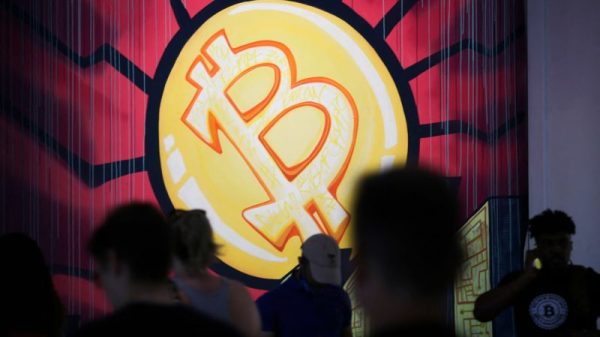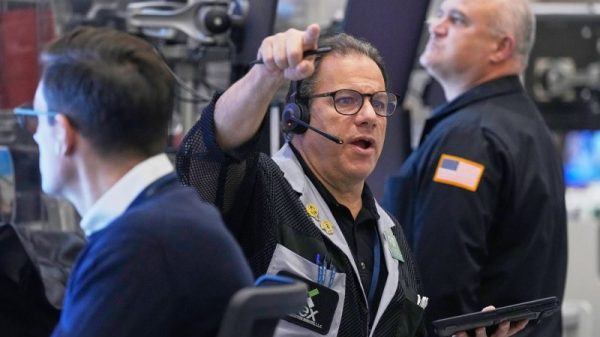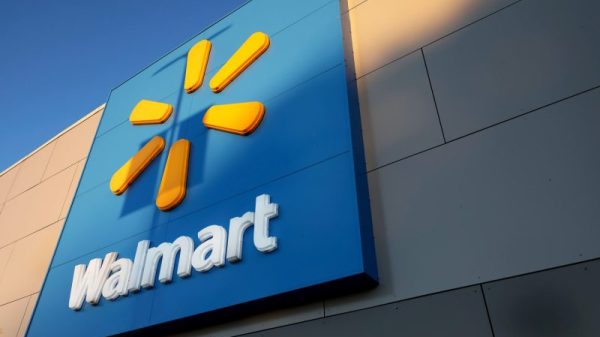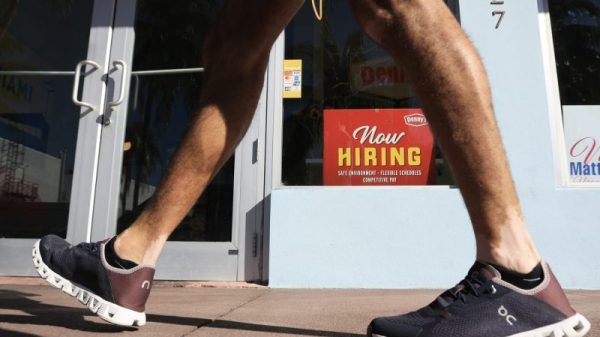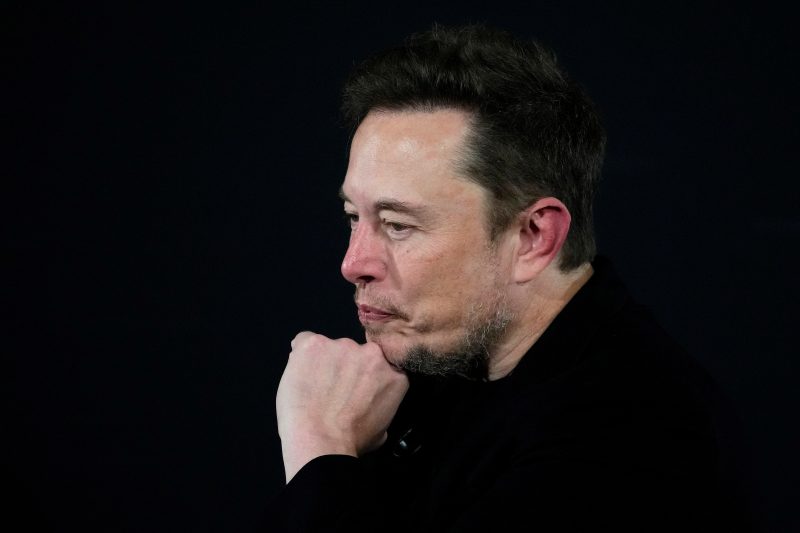A year after his controversial decision to remove verification from popular Twitter accounts unless they paid a monthly subscription fee, Elon Musk has thrown users another curveball. Starting Wednesday, the social network now named X began restoring the blue checks to popular users who aren’t paying for them — and mostly don’t want them.
Users with large followings were surprised Wednesday evening to find they had been gifted premium subscriptions to the service, along with the blue verification badge. The development seemed to roll out a change Musk posted about on March 27: “Going forward, all X accounts with over 2,500 verified subscriber followers will get Premium features for free and accounts with over 5000 will get Premium+ for free.”
On its face, the newest blue-check revamp appears to be a bid to attract or retain popular accounts as X faces increasing competition from Meta’s Threads and other text-based social platforms. But it might also represent an effort to restore some luster to an icon once reserved for accounts belonging to well-known people but which can now be bought by anyone.
The changes further muddle a business model that Musk has overhauled since buying the social media platform for $44 billion in October 2022, dismissing the majority of its workforce and reversing years of rules about what can and cannot be posted. The company recently named a new head of global safety, filling a position that had been vacant for nine months, and appointed another executive to head up “brand safety and advertiser solutions” amid advertisers’ concerns about what kinds of material their ads run alongside.
X did not respond to requests for comment and has made no official announcement about the verification changes since Musk’s March post.
Threads attracted more than 130 million active users in its first six months, and Meta recently began testing cash bonuses for select creators who post engaging content on the platform, the company confirmed Thursday. But the site has frustrated some journalists and public figures by distancing itself from overtly political content, leading some to remain on or return to X.
As for X, Musk claimed Wednesday that its desktop site’s “organic traffic” reached an all-time high, but the company no longer reports industry-standard metrics, and independent analyses suggest its active usage on mobile devices has steadily declined since he bought it in October 2022.
The latest verification gambit comes a year after Musk controversially removed the badges from most users who had them, reserving the famous blue checks and a suite of “premium” features for paying subscribers, as he moved toward a subscription-based business model. Those premium features include reduced ads and higher placement in replies to other users’ posts.
But not everyone who had their blue check restored Wednesday was thrilled. Some users rushed to make clear that they had not sought the status, lest followers think they had become supporters of Musk or X.
“What’s with the random blue check I didn’t ask for or pay for?” MSNBC host Katie Phang wondered.
Attorney and political commentator Elie Mystal posted: “To be clear, even though Elon has forced the mark of the beast upon me, without consent or permission, I will still make fun of people who paid for blue checks.”
18 months after having my verified status removed, it has suddenly been randomly reinstated? pic.twitter.com/ecqxDaun07
— John O’Nolan (@JohnONolan) April 4, 2024
Some users who had the badges added to their account Wednesday traded tips on how to hide it from their profiles. Among them was Timnit Gebru, an AI ethicist and founder and executive director of the nonprofit Distributed AI Research Institute.
“I despise Elon Musk and I don’t want to be associated with endorsing anything he’s doing,” Gebru said, explaining why she hid the blue check after it appeared on her account Wednesday. She said she remains on X because there are some news topics for which it remains a critical information source, such as the conflicts in Sudan, Gaza and Ethiopia’s Tigray region.
Once a mark of authenticity — and, some argued, privilege — reserved largely for politicians, celebrities and journalists, the blue badge’s significance has changed dramatically under Musk. After opening verification as a premium feature to anyone willing to pay soon after Musk bought Twitter, his team began removing the badges from previously verified users in April 2023 if they didn’t become paying subscribers.
While some X users and Musk supporters cheered the move as democratizing, it alienated other longtime accounts. Critics, backed by some research, argued that it made it harder to find reliable information on the site. As X has loosened its speech rules and cut back on content moderation, verified users have been among those purveying scams, pro-Nazi memes and nonconsensual deepfake pornography. Accounts identified by Meta as part of a Chinese disinformation campaign have also been verified on X even as Meta removed them from its platforms.
Musk’s changes to the verification system also served to diminish the influence of mainstream media on X as he sought to elevate “citizen journalists” and tilt the platform’s politics toward the right.
In anti-Musk circles, however, the badge became a punchline.
That may help explain why X is now restoring it to prominent accounts, said Karen North, a professor of digital social media at the University of Southern California’s Annenberg School for Communication and Journalism.
“In a world where the celebrities and public figures refuse to pay for the check mark, then the verification loses its value,” she said. By restoring verification to famous and influential users, whether they like it or not, X increases the value of verification for those who pay for it.
“I think that Elon Musk has made a decision that there are two ways to get verified: One is to prove who you are and pay money, and the other is to earn it through popularity,” North added.
Marcy Wheeler, an independent journalist covering national security who greeted her blue verification badge Wednesday by posting an expletive, said she remains on X mostly to monitor right-wing narratives and disinformation so she can push back on them. She said she believes the verification changes are part of an effort to restore X’s status as a “public square” so that Musk can use it to “mainstream far-right ideas.”
On Thursday, Musk amplified various posts from verified X users defending a Jan. 6, 2021, suspect, decrying a rise in the “foreign-born” population under President Biden, highlighting crimes by Syrian migrants, mocking diversity and inclusion programs, and suggesting that leftists want to disarm American citizens “because they intend to do things that American citizens would want to shoot them for.”
In between, he agreed with a post that said that “a blue checkmark is a stamp of authenticity.”
Kelly Kasulis Cho contributed to this report.











